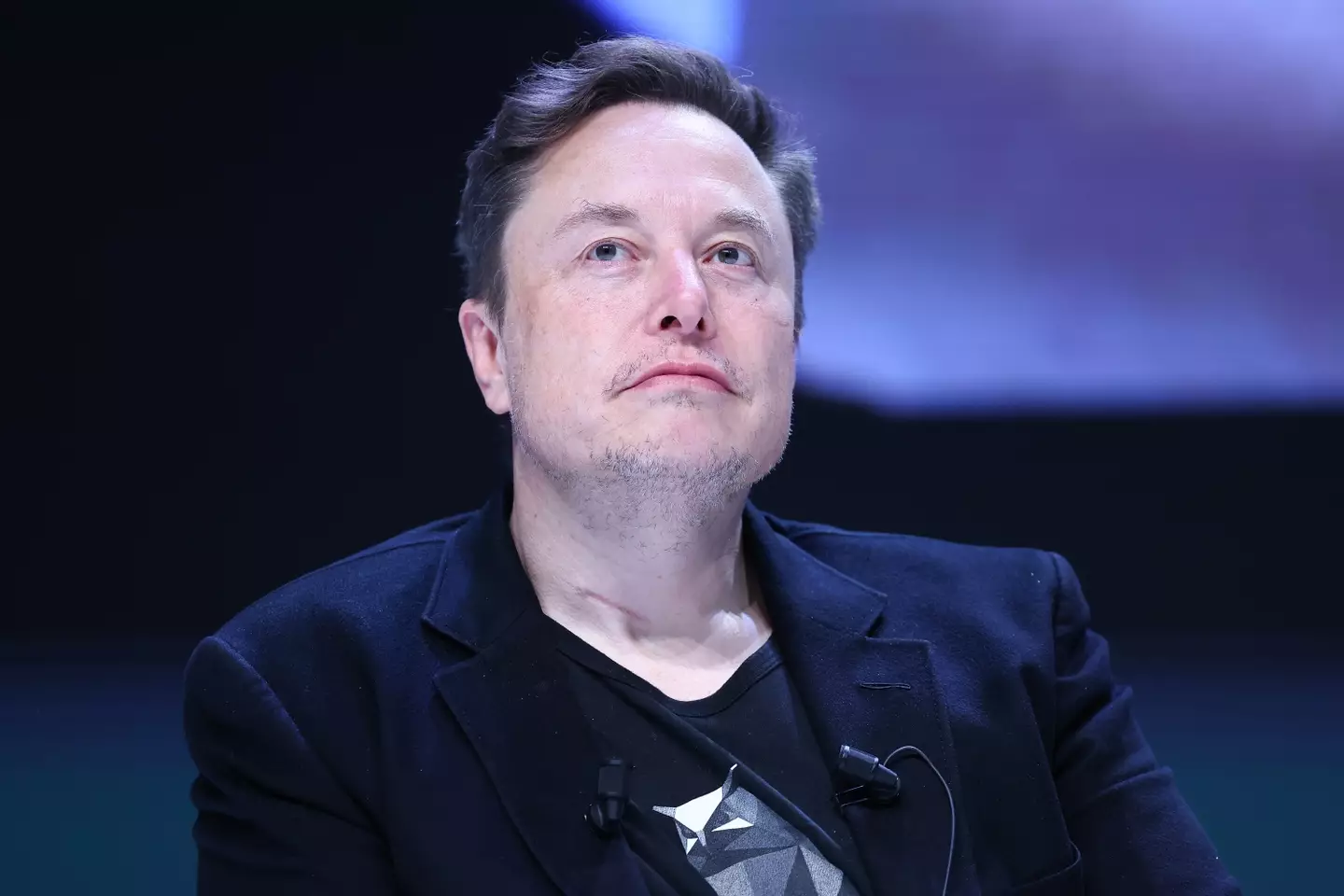
It was six years ago when Elon Musk fired his Tesla Roadster off into space, where it has since completed four orbits of the sun.
Watching it disappear into outer space, the fact that it could one day crash back down to Earth wasn’t really something on our minds.
But it’s a real possibility that the car, along with its dummy driver nicknamed Starman, could one day end up making a return journey.
.webp)
Advert
First blasting off in February 2018, Starman was listening to David Bowie’s Space Oddity in one ear and Is There Life on Mars? in the other.
In the six years since, the website whereisroadster.com has been estimating the whereabouts of the vehicle, and claims that it is now 82,283,753 miles away from Earth.
According to the site, the car is moving at a speed of 29,340 mph.
So, what is the likelihood that it could come crashing back to Earth?
Advert
Researchers published a study in the Aerospace journal, where they compared the Tesla to an asteroid, in particular a NEA (Near-Earth Asteroid).
In the report, they said: “Initially, NEAs reach their orbits from the more distant main belt via strong resonances.
.webp)
“When entering these escape routes, many NEAs are driven onto nearly-radial orbits that plunge into the Sun.”
Advert
In other words, this puts an NEAs odds of hitting a planet at a very low 2%.
But the Roadster is different to an asteroid as the study continues: “The initial Tesla orbit grazes that of the Earth, so one might expect an initial period with enhanced collision probabilities with the Earth before it is randomized onto a more NEA-like trajectory.
“It is therefore unclear whether the Tesla is likely to diffuse to distant, strong resonances and meet the same fate as the wider NEA population, or whether it would first strike one of the terrestrial planets.”
The research group reckon that the closest the car will come will be around 3.1 million miles of Earth - and that won’t happen until 2047.
Advert

On a longer timescale of millions of years, the researchers say that there’s a 22% chance of the Tesla colliding with Earth, but that will likely be long after our lifetime.
So don’t lose any sleep just yet - while it’s fun to speculate where in the solar system the Tesla could be, it’s also entirely possible that it no longer exists at all.
The electric car could have already been decimated by a meteoroid or could have eroded as a result of radiation.
Advert
But if Starman is still living up to his name, he may be exploring the stars for millions of years to come.